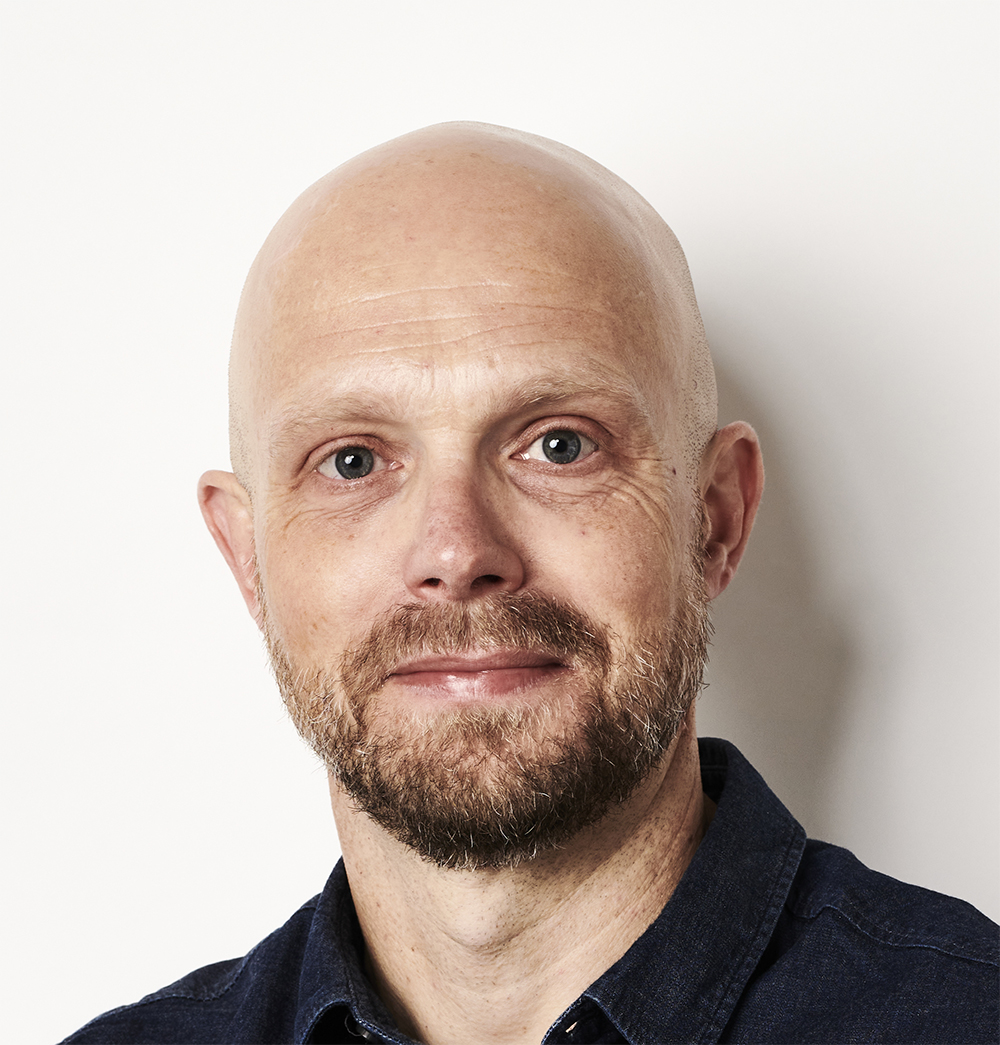In the week running up to the 700th episode of The Sky at Night airing on 6 March 2011, we’re releasing some of our interviews with the show’s producers and co-presenters, which reveal fascinating behind-the-scenes insights into what it’s like to work on one of the longest-running shows in TV history. Here’s our recent interview with Garry Hunt, co-presenter for more than 20 years.

How did you get involved with the show?
It goes back to the 70s. I went to the States to work for NASA at JPL, where I became the only British scientist to be selected for the Voyager mission. Working at JPL, I was invited to come on the Sky at Night.
What missions did you cover with Patrick?
My first one may have been Pioneer 10, and then we covered every mission going to Mercury, Venus, Mars, Jupiter, Saturn, Uranus and Neptune.
Patrick and I worked together during a unique period in history, when space missions had visited every planet. We covered every one of them – not just the American Viking, Pioneer and Voyager missions but the Russian Veneras and the European Space Agency missions too.
And of course, the fact that I was on the inside working for NASA, meant that I was able to bring to Patrick, and therefore the programme, things on the inside track.
What was the most major discovery that you covered?
One of the most important things we did was going out to JPL in California, because of my Voyager work.
We covered the Voyager missions like a diary, making entries when the mission looked at surface features of Venus, the close up of the Red Spot, the volcanoes on Io, the details of Saturn’s rings, the first look at Titan and the first views of Uranus and Neptune.
What was it like working with Patrick?
We got on very well. I could understand what he was going to say by watching his lips. It’s not just a working relationship, we are very close friends. We’re very much alike in our backgrounds and we work very easily together.
One of the things that was great about Patrick and I was that we never needed to rehearse, we were both one-take guys. We were straight off, and it was always fluent and articulate.
He and I were like a nice long run in tennis. We knew how to play it. We knew how to interject and add an extra dimension.
Do you have a favourite use of props from your time on the show?
The things we did with model-maker Eric Ilett were great fun. He had to wear black stockings up above his elbows in order to move the equipment around when we were filming.
The famous one, which featured on The Two Ronnies, was Eric’s orrery. In the sketch, Ronnie Barker impersonated Patrick and the orrery was in the background. In the end one of the globes fell off.

What was it that was unique about The Sky at Night?
We were always able to be up to date on The Sky at Night (pictured, right, demonstrating the Viking 1 mission to Mars in 1976) and get it out to the man on the street. Science on TV at that time was badly put across and the popularisation of science was frowned upon.
The thing that we were able to do was to get it across so the general public could understand, and that was very important.
